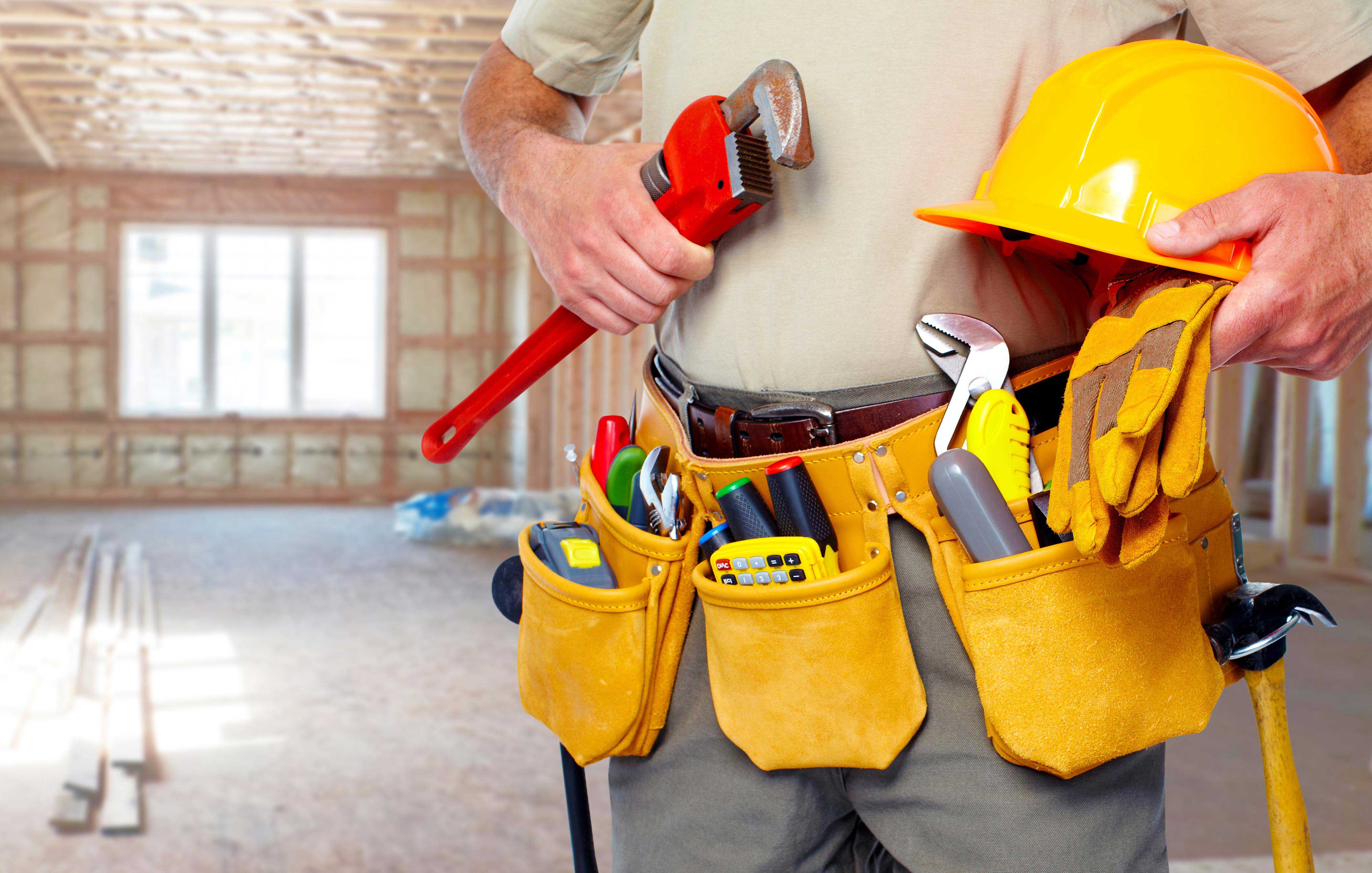Categories
- Access Platform Hire
- Access Tower & Support
- Breaking & Drilling
- Cleaning & Floorcare
- Concrete & Compaction Equipment
- Cutting & Grinding
- Decorating & Site Equipment
- Dehumidifiers, Drying and Flood Restoration Equipment
- Diggers/ Dumpers/Trenchers
- Dust & Fume Extractors
- Flooring & Surface Preparation Equipment Hire
- Gardening and Landscaping
- Heaters
- Hilti Hire
- Lifting, pulling
- Lighting/Power/Welding
- Pumps & Plumbing
- Sanders & Saws
- Full range
- Plant Sales
- Plant Hire
-
Powered Access Hire Locations
- Powered Access Hire Hinckley
- Powered Access Hire Wellingborough
- Powered Access Hire Rugby
- Powered Access Hire Leicester
- Powered Access Hire Coventry
- Powered Access Hire Northampton
- Powered Access Hire Solihull
- Powered Access Hire Redditch
- Powered Access Hire Market Harborough
- Powered Access Hire Birmingham
- Powered Access Hire Dudley
- Powered Access Hire Walsall
- Powered Access Hire Wolverhampton
- Powered Access Hire Peterborough
- Powered Access Hire Blaby
- Powered Access Hire Corby
- Powered Access Hire Leamington Spa
- Powered Access Hire Broughton Astley
- Powered Access Hire Exhall
- Powered Access Hire Rushden
- Powered Access Hire Wigston
- Powered Access Hire Bedworth
- Powered Access Hire Oadby
- Powered Access Hire Kenilworth
- Powered Access Hire Desborough
- Powered Access Hire Knowle
- Powered Access Hire Atherstone
- Powered Access Hire Enderby
- Powered Access Hire Southam
- Powered Access Hire Daventry
- Powered Access Hire Warwick
- Powered Access Hire Kettering
- Powered Access Hire Stratford-upon-Avon
- Powered Access Hire Lutterworth
- Powered Access Hire Nuneaton
- Powered Access Hire Irthlingborough
- Powered Access Hire Alcester
- Powered Access Hire Thrapston
- Powered Access Hire Coleshill
- Powered Access Hire Balsall Common
- Powered Access Hire Earls Barton
- Powered Access Hire Towcester
- Powered Access Hire Raunds
- Powered Access Hire Ibstock
- Powered Access Hire Studley
- Powered Access Hire Shipston on Stour
-
Access Tower & Support Hire Locations
- Access Tower & Support Hire Hinckley
- Access Tower & Support Hire Wellingborough
- Access Tower & Support Hire Rugby
- Access Tower & Support Hire Leicester
- Access Tower & Support Hire Coventry
- Access Tower & Support Hire Northampton
- Access Tower & Support Hire Solihull
- Access Tower & Support Hire Redditch
- Access Tower & Support Hire Market Harborough
- Access Tower & Support Hire Birmingham
- Access Tower & Support Hire Dudley
- Access Tower & Support Hire Walsall
- Access Tower & Support Hire Wolverhampton
- Access Tower & Support Hire Peterborough
- Access Tower & Support Hire Blaby
- Access Tower & Support Hire Corby
-
Plant Hire Locations
-
Concrete Crusher Hire Locations
- Concrete Crusher Hire Daventry
- Concrete Crusher Hire Warwick
- Concrete Crusher Hire Kettering
- Concrete Crusher Hire Stratford upon Avon
- Concrete Crusher Hire Lutterworth
- Concrete Crusher Hire Birmingham
- Concrete Crusher Hire Dudley
- Concrete Crusher Hire Walsall
- Concrete Crusher Hire Wolverhampton
- Concrete Crusher Hire Peterborough
- Concrete Crusher Hire Blaby
- Concrete Crusher Hire Corby
- Concrete Crusher Hire Leamington Spa
- Concrete Crusher Hire Broughton Astley
- Concrete Crusher Hire Exhall
- Concrete Crusher Hire Leicester
- Concrete Crusher Hire Coventry
- Concrete Crusher Hire Northampton
- Concrete Crusher Hire Solihull
- Concrete Crusher Hire Rugby
- Concrete Crusher Hire Hinckley
- Concrete Crusher Hire Redditch
- Concrete Crusher Hire Wellingborough
- Concrete Crusher Hire Market Harborough
- Concrete Crusher Hire Rushden
- Concrete Crusher Hire Wigston
- Concrete Crusher Hire Bedworth
- Concrete Crusher Hire Oadby
- Concrete Crusher Hire Kenilworth
- Concrete Crusher Hire Desborough
- Concrete Crusher Hire Knowle
- Concrete Crusher Hire Atherstone
- Concrete Crusher Hire Irthlingborough
- Concrete Crusher Hire Balsall Common
- Concrete Crusher Hire Enderby
- Concrete Crusher Hire Southam
- Concrete Crusher Hire Alcester
- Concrete Crusher Hire Thrapston
- Concrete Crusher Hire Coleshill
- Concrete Crusher Hire Earls Barton
- Concrete Crusher Hire Towcester
- Concrete Crusher Hire Raunds
- Concrete Crusher Hire Ibstock
- Concrete Crusher Hire Studley
- Concrete Crusher Hire Shipston on Stour
- Concrete Crusher Hire Meriden
- Concrete Crusher Hire Crick
- Concrete Crusher Hire Attleborough
- Concrete Crusher Hire Wollaston
- Concrete Crusher Hire Staverton
- Concrete Crusher Hire Lowick
- Concrete Crusher Hire West Bromwich
- Concrete Crusher Hire Loughborough
- Concrete Crusher Hire Stourbridge
- Concrete Crusher Hire Halesowen
- Concrete Crusher Hire Smethwick
- Concrete Crusher Hire Willenhall
- Concrete Crusher Hire Kingswinford
- Concrete Crusher Hire Swadlincote
- Concrete Crusher Hire Tipton
- Concrete Crusher Hire Wednesbury
- Concrete Crusher Hire Coalville
- Concrete Crusher Hire Rowley Regis
- Concrete Crusher Hire Brierley Hill
- Concrete Crusher Hire Melton Mowbray
- Concrete Crusher Hire Oldbury
- Concrete Crusher Hire Stamford
- Concrete Crusher Hire Brackley
- Concrete Crusher Hire Shepshed
- Concrete Crusher Hire Birstall
- Concrete Crusher Hire Wombourne
- Concrete Crusher Hire Oakham
- Concrete Crusher Hire Castle Donington
- Concrete Crusher Hire Oundle
- Concrete Crusher Hire Kegworth
- Concrete Crusher Hire Silverstone
-
Mini Digger Hire Locations
- Mini Digger Hire Hinckley
- Mini Digger Hire Wellingborough
- Mini Digger Hire Rugby
- Mini Digger Hire Coventry
- Mini Digger Hire Northampton
- Mini Digger Hire Leicester
- Mini Digger Hire Solihull
- Mini Digger Hire Market Harborough
- Mini Digger Hire Redditch
- Mini Digger Hire Birmingham
- Mini Digger Hire Peterborough
- Mini Digger Hire Walsall
- Mini Digger Hire Wolverhampton
- Mini Digger Hire Dudley
- Mini Digger Hire Leamington Spa
- Mini Digger Hire Broughton Astley
- Mini Digger Hire Exhall
- Mini Digger Hire Blaby
- Mini Digger Hire Corby
- Mini Digger Hire Coalville
- Mini Digger Hire Swadlincote
- Mini Digger Hire Loughborough
- Mini Digger Hire Rushden
- Mini Digger Hire Bedworth
- Mini Digger Hire Wigston
- Mini Digger Hire Oadby
- Mini Digger Hire Kenilworth
- Mini Digger Hire Irthlingborough
- Mini Digger Hire Atherstone
- Mini Digger Hire Desborough
- Mini Digger Hire Alcester
- Mini Digger Hire Thrapston
- Mini Digger Hire Crick
- Mini Digger Hire Earls Barton
- Mini Digger Hire Enderby
- Mini Digger Hire Balsall Common
- Mini Digger Hire Knowle
- Mini Digger Hire Southam
- Mini Digger Hire Meriden
- Mini Digger Hire Coleshill
- Mini Digger Hire Daventry
- Mini Digger Hire Warwick
- Mini Digger Hire Kettering
- Mini Digger Hire Stratford-upon-Avon
- Mini Digger Hire Lutterworth
- Mini Digger Hire Nuneaton
-
Dumper Hire Locations
- Dumper Hire Hinckley
- Dumper Hire Nuneaton
- Dumper Hire Warwick
- Dumper Hire Lutterworth
- Dumper Hire Daventry
- Dumper Hire Kettering
- Dumper Hire Stratford-Upon-Avon
- Dumper Hire Coventry
- Dumper Hire Dudley
- Dumper Hire Leicester
- Dumper Hire Market Harborough
- Dumper Hire Northampton
- Dumper Hire Peterborough
- Dumper Hire Redditch
- Dumper Hire Rugby
- Dumper Hire Solihull
- Dumper Hire Walsall
- Dumper Hire Wellingborough
- Dumper Hire Wolverhampton
- Dumper Hire Blaby
- Dumper Hire Broughton Astley
- Dumper Hire Corby
- Dumper Hire Exhall
- Dumper Hire Leamington Spa
- Dumper Hire Alcester
- Dumper Hire Atherstone
- Dumper Hire Balsall Common
- Dumper Hire Bedworth
- Dumper Hire Burton Latimer
- Dumper Hire Coleshill
- Dumper Hire Crick
- Dumper Hire Desborough
- Dumper Hire Earls Barton
- Dumper Hire Enderby
- Dumper Hire Irthlingborough
- Dumper Hire Kenilworth
- Dumper Hire Knowle
- Dumper Hire Meriden
- Dumper Hire Oadby
- Dumper Hire Rushden
- Dumper Hire Southam
- Dumper Hire Thrapston
- Dumper Hire Wigston
- Dumper Hire Attleborough
- Dumper Hire Ibstock
- Dumper Hire Lowick
- Dumper Hire Raunds
- Dumper Hire Shipston on Stour
- Dumper Hire Staverton
- Dumper Hire Studley
- Dumper Hire Towcester
- Dumper Hire Wollaston
- Dumper Hire Coalville
- Dumper Hire Halesowen
- Dumper Hire Kingswinford
- Dumper Hire Loughborough
- Dumper Hire Rowley Regis
- Dumper Hire Smethwick
- Dumper Hire Stourbridge
- Dumper Hire Swadlincote
- Dumper Hire Tipton
- Dumper Hire Wednesbury
- Dumper Hire West Bromwich
- Dumper Hire Willenhall
- Dumper Hire Birmingham
-
Concrete Crusher Hire Locations
Staying Safe During DIY Projects Outdoors: The Basics
With summer in full swing, now is the time for many homeowners to get cracking with their outdoor projects but not all of them have fully considered the health and safety risks that come with their DIY pursuits. No matter if you just need to give your window frames a new lick of paint, or you've got a major landscaping job on the cards for your back garden, safety should always be on your mind. Here are our tips for keeping nasty outdoor accidents at bay.
Know How to Handle a Ladder
Many outdoor projects such as clearing out gutters, painting your home's exterior or trimming back trees will require you to work at height, so you absolutely must get to grips with some ladder health and safety basics.
- Check the ladder is in good condition before EVERY use.
- Never lean ladders on glass, gutters or windowsills - only walls will give you adequate support.
- Place the ladder on a firm, level surface - wooden boards are handy if you need to place the ladder on soft ground.
- Don't juggle tools as you make your way up the ladder - use a tool belt and maintain three points of contact at all times.
- Always face forwards when working, and keep both feet on the same rung to avoid toppling.
If you don't feel confident working at height with just a ladder to support you (we don't blame you!) or you need to have both hands free and the ability to twist, turn and lean as you work, it could be worth hiring a small access platform for the duration of your outdoor project instead. You'll be significantly safer and won't be as physically restrained, meaning that you can get stuck into your project!
Browse Plantool’s range of Access Platforms.
Don't Overdo the Physical Labour
Major outdoor projects like landscaping often require lots of ground clearance and preparation, which means one thing - back-breaking digging. Don't be a hero and gear yourself up for strenuous physical labour unnecessarily. You may think a few hours digging is great exercise but you can do some serious damage to your back if you overdo it. Assess the size of your project carefully and be prepared to hire the appropriate equipment, such as a rotovator or digger.
Make Sure the Weather is On Your Side
Nobody really likes to work outdoors when it's pouring with rain or freezing cold, but there's another reason why you should pay close attention to the forecast before starting your outdoor DIY. Very wet, cold, windy or even hot conditions can significantly increase the risk of accidents.
- Consider the ground you'll be working on: will it become slippery when wet or icy? If so, you may want to put the project on hold until you have drier conditions to avoid the risk of slips and falls.
- If you're working at height, will you be dealing with severe winds or storms? Falling from great height is obviously not a prospect you want to be addressing, so don't take the risk if you think it's too blustery.
- Will you be in the sun when doing a significant amount of physical labour? It may seem pleasant to work in warm weather but excessive heat can cause dehydration, sunstroke and migraines, all of which can lead to you dropping heavy items, using dangerous machinery incorrectly, or collapsing. If you must work in hot weather, be sure to drink plenty of water, take regular breaks in the shade and wear sunscreen.

Tell Someone What You're Doing
If you're planning on working on your landscaping or outdoor project alone, it's wise to tell someone where you are and what you're doing and be sure to let them know, regularly, that you're safe and well. If an accident does happen and you're unable to call for help, those who know what you've been up to will be more likely to pop round to check on you and get you the help that you need. If possible, try to keep a mobile phone on you at all times so that if you do have an accident, you can raise the alarm as quickly as possible.
Always Wear Protection
If you're planning on using any cutting or grinding equipment (something which you may well do during landscaping if you're working on paved areas), be sure to wear a mask to minimise the amount of dust you breathe in. If you're dealing with heavy items or machinery, wear steel toe-capped boots to prevent injuries to your feet - if you have ever stubbed your toe then you’ll know that crushing them will be extremely painful! Working with panes of glass? Wear thick gloves and goggles.
To put it simply, always think about which parts of your body are most exposed and at risk when you start a new DIY activity and be sure to have the right protection available to minimise the chances of accidents and injuries. It's always better to be safe than sorry!
To find out more about Plantool’s safety training courses including IOSH and IPAF accreditations, visit our Training website.
Image Sources:























































































































































































































 Full range
Full range Plant Sales
Plant Sales Plant Hire
Plant Hire Careers at Plantool
Careers at Plantool



 Follow us @hirecentres
Follow us @hirecentres







